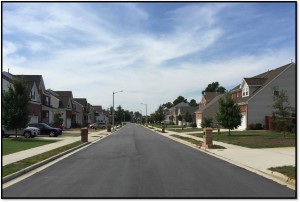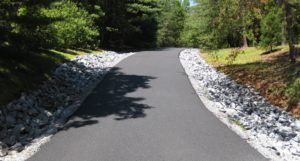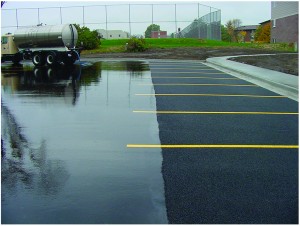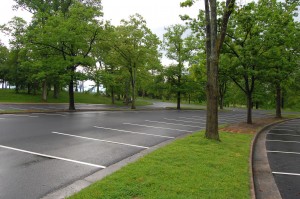Collector Street Design

Residential Street Design

Tennis Courts

Sidewalks and Playgrounds

Bicycle and Cart Paths

Residential Driveways

Intersections & Climbing Lanes

Industrial Pavements

Porous Asphalt Parking Lots

Parking Lot Design

Asphalt is the most versatile and flexible paving material in the world making it the preferred paving material for numerous pavement applications. The facts speak for themselves, of the more than 2.2 million miles of paved roads in the United States; over 94 percent of them are surfaced with asphalt. And it’s not just here in the U.S., over 90% of Canadian roads are asphalt and more than 96% of Mexico’s. The figures for every continent in the world are similar and that’s just the asphalt roads, streets, and highways!
Whether constructing a simple cart path, driveway or designing one of today’s superhighways and airports; asphalt is the paving material of choice.
Asphalt pavements are typically characterized as a layered system where different materials are utilized and each layer contributes to the overall strength and function of the pavement structure. For each application, the correct materials must be selected as well as the appropriate pavement design. Required pavement thickness is a function of subgrade strength, loading, and drainage.
The Virginia Asphalt Association (VAA) developed basic guidance on general structural design, drainage, layer thickness and material selection for a variety of Virginia asphalt pavements. While not intended to be all-inclusive, the guidance provided herein should at least be considered. This information is not intended to replace or supersede professional design, engineering services, official agency guidelines or specifications.
All pavement designs are shown above. Choose the pavement design you would like to view.
